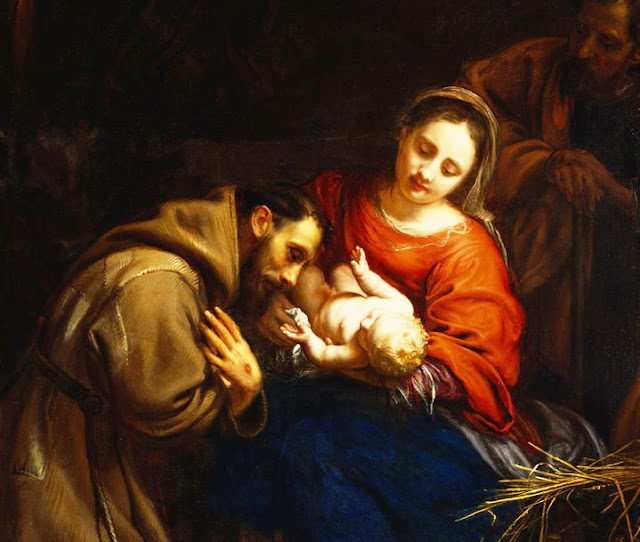Nativity by Jacob van Oost I
Jacob van Oost or Jacob van Oost the Elder (1603–1671) was a Flemish painter of history paintings and portraits. He was the most important painter of Bruges in the 17th century through his portraits of members of the local bourgeois and his many altarpieces made in the spirit of the Counter Reformation. He also created genre paintings of musicians and card players for the open market.
Jacob van Oost was a prolific painter who made portraits for the local bourgeois and history paintings. A small number of paintings, mostly with secular, genre-style themes such as interiors with figures (musical companies, card players, fortune tellers etc.), was likely aimed at private individuals and possibly for the open market. He also made copies after van Dyck and Rubens. Van Oost was the leading 17th-century painter from Bruges.
His work was strongly influenced by early Baroque painters such as Caravaggio and his follower Bartolomeo Manfredi whose work he had studied during his stay in Italy. The influence of Caravaggio can be seen in the chiaroscuro effects as well as the non-idealised figures.
In this work from 1650s, there are three central figures: the blessed Virgin Mary, the Holy Child and Saint Francis of Assisi. In the background, Sain Joseph quietly admires the scene, as baby Jesus is being adored.
The original image is in the public domain, however, the file now offered is a manually restored version of this artwork, in a higher resolution. Manually restoration was necessary in order to improve quality, without covering the original image. Imperfections due to historical aging of the source may still be present.





Comments
Post a Comment